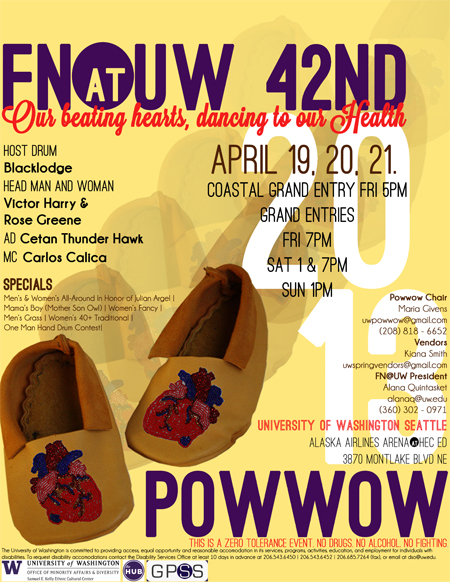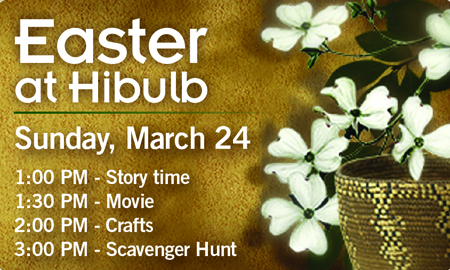Source: Indian Country Today Media Network
It’s officially Spring and pow wow season is in full swing!
We’ve put together a great list of a few pow wows happening all over the nation this weekend just for you!
If one of these events are located in your area, we highly recommend heading over to enjoy some lively dancing and drumming, thrilling musical performances, and delicious, authentic foods!
Hozhoni Days Pow Wow & Pageant, Colorado
When & Where: March 29 – 30 at the Fort Lewis College Whalen Gym in Durango, Colorado.
Dating back to the 1960’s, the Hozhoni Days Pow Wow is Fort Lewis College’s longest-standing student-operated tradition. “Hozhoni” means “beauty” in Navajo which Pow Wow creator Clyde Benally said that “hozhoni” represents the event’s purpose to show and share “our culture with each other, and a way of developing brotherhood and sisterhood with other students who may be from different cultures,” according to FLC’s website. Pow wow festivities began Friday night at 6 p.m. For more information about this event, click here.
Contact: Yvonne Bilinski 970.247.7222; bilinski_y@fortlewis.edu
BYU Cedartree Memorial Competition Pow Wow, Utah
When & Where: March 29 – 30 at the Brigham Young University Wilkinson Student Center Ballroom in Provo, Utah.
Celebrating its 32nd year, the Brigham Young University Pow Wow will kick off Friday night at 6 p.m. with a Grand Entry. Attendees will enjoy delicious and authentic Navajo Tacos and Frybread sponsored by the Tribe of Many Feathers Club. Admission is $6 for General Public, $5 for student with their campus ID, and free for seniors and children. For more information about this event, click here.
Contact: Jennifer Langi 801.422.3065, cedartree_powwow@byu.edu
Westwood High School 10th Annual Social Pow Wow, Arizona
When & Where: March 30 at Westwood High School in Mesa, Arizona.
Festivities at the Westwood High School Pow Wow in Mesa, Arizona begins Saturday at 10 a.m. Grand Entry will be held twice that day at 12 p.m. and 6 p.m. There will also be two rounds of incredible Gourd Dancing at 10 a.m. and 4 p.m. Special performances for the day include Hand Drum, All Ages Jingle Dress, and the ever-adorable Tiny Tots! Your Master of Ceremonies is Taite Honadick. For more information about this event, click here.
Contact: 480.472.4497; vclinton@mpsaz.org
Tutxinmepu Powwow, Idaho
When & Where: March 30 – 31 at the Moscow Junior High Gym in Moscow, Idaho.
Starting at 1 p.m. on Saturday, the University of Idaho’s Tuteinmepu Powwow will kick off with a Grand Entry featuring the Nez Pierce Color Guard. The pow wow has been sponsored by the university’s Native American Student Association for the past 14 years and according to their site they, “see the Powwow as a great recruitment and retention tool, as well as, a business and communication skill builder for our Native Students. Non-Native students and community members benefit from attending and volunteering at the Powwow as they see firsthand the strength and vitality of the Native culture.” Festivites for this event include pow wow dancing, arts and crafts vendors, hand drums, and even an Easter egg hunt on Sunday! For more information about this event, click here.
Contact: Steve Martin 208.885.4237
More weekend events and pow wows:
Pawnee Title VII Youth Dance, Oklahoma
When & Where: March 29 at the Pawnee Nation Wellness Center in Pawnee, Oklahoma.
Contact: 918.762.3564
Anadarko Indian Education Spring Honor Pow-Wow, Oklahoma
When & Where: March 29 at the Oklahoma St. Gym in Anadarko, Oklahoma.
Contact: 405.247.2288
Community Engagement & Sustainability Pow Wow, California
When & Where: March 30 at Pomona College’s Walker Beach in Claremont, California.
Contact: Scott Scoggins 909.706.5948; lcovarru@students.pitzer.edu
Moore High School Spring Pow Wow, Oklahoma
When & Where: March 30 in Moore, Oklahoma.
Contact: 405.209.9156; kortnitorralba@mooreschools.com
Southcentral Foundation’s 16th Annual Gathering, Alaska
When & Where: March 30 at the Dena’ina Civic and Convention Center in Anchorage, Alaska.
Contact: 907.729.4953; scfmediarelations@scf.cc
Website: http://www.southcentralfoundation.com/
Be sure to take a look at our full list of pow wows happening throughout the year on our Pow Wow Listings!
Read more at http://indiancountrytodaymedianetwork.com/2013/03/28/pow-wow-weekend-planner-148424

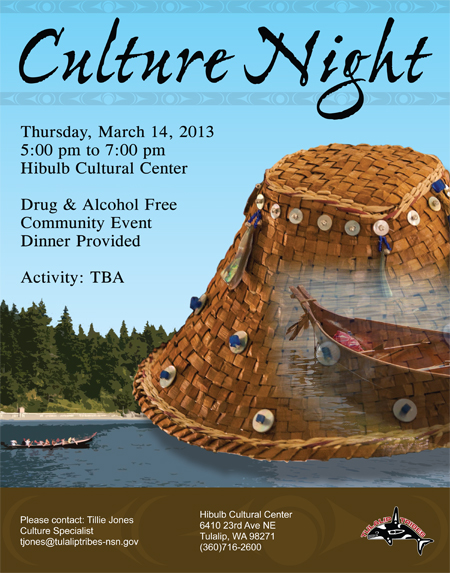

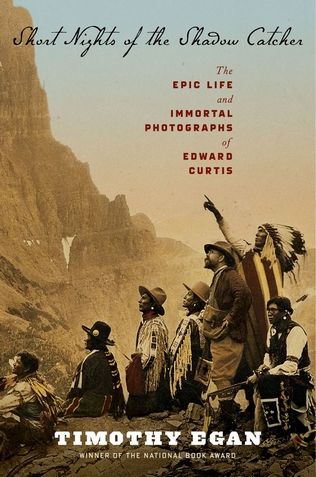

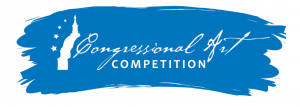 Congressman Rick Larsen
Everett Office
2930 Wetmore Avenue, Suite 9F
Congressman Rick Larsen
Everett Office
2930 Wetmore Avenue, Suite 9F

